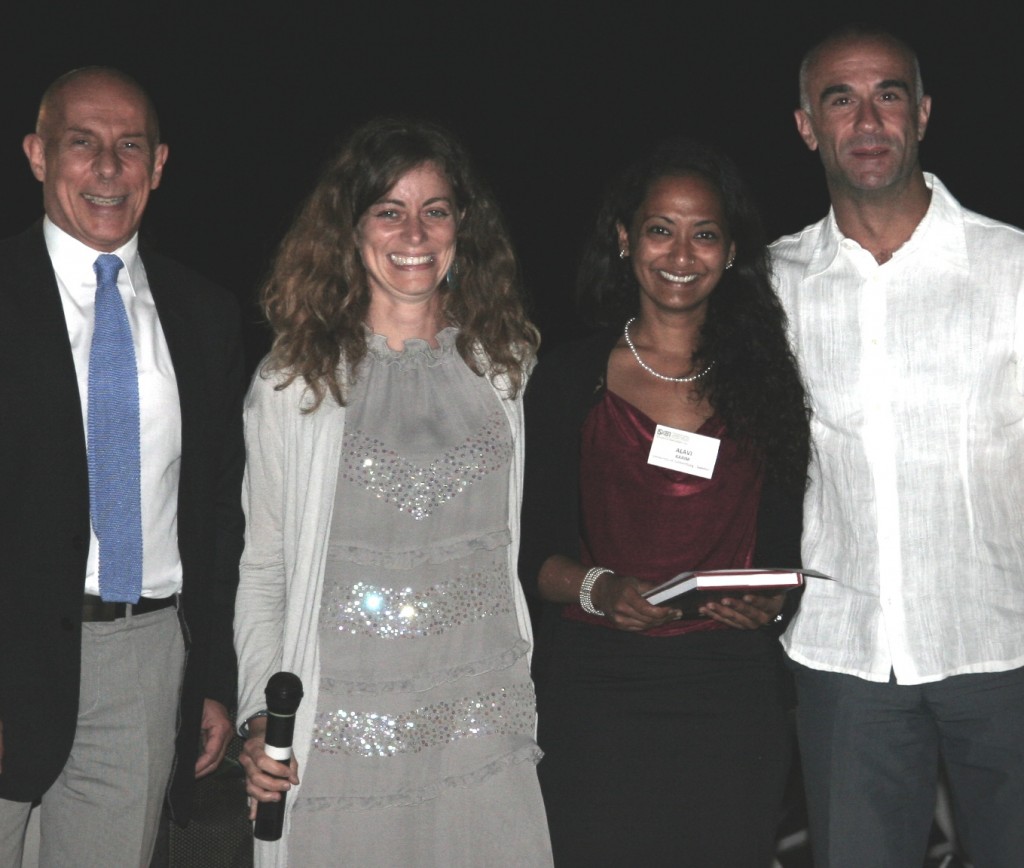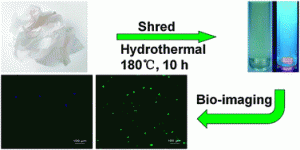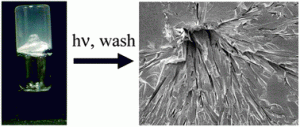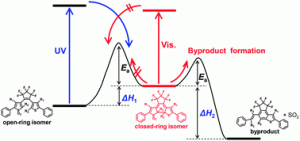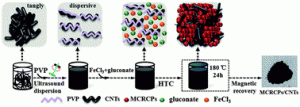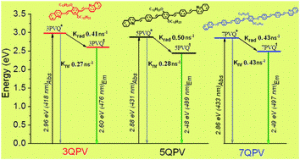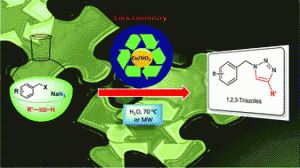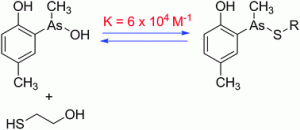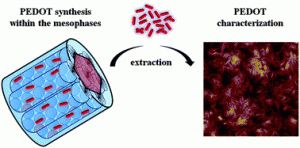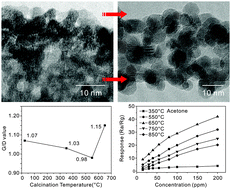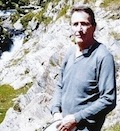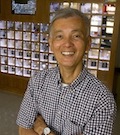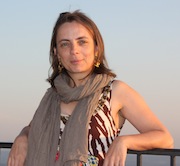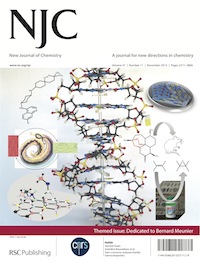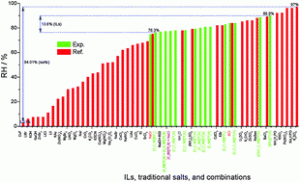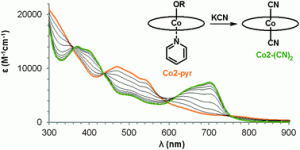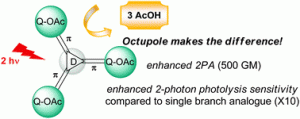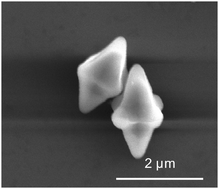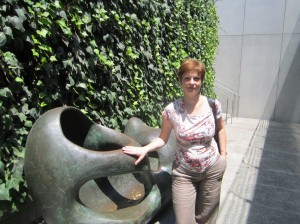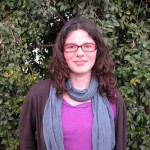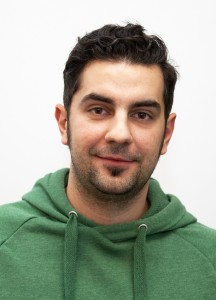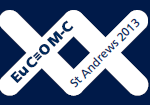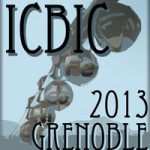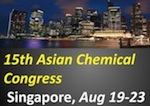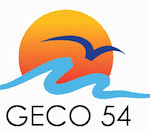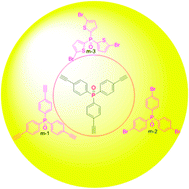 Towards the global efforts to reduce carbon emission, carbon dioxide capture is currently being investigated as a potential strategy towards this goal.
Towards the global efforts to reduce carbon emission, carbon dioxide capture is currently being investigated as a potential strategy towards this goal.
Conjugated microporous polymers (CMPs) as a sub-family of microporous organic polymers (MOPs) are good candidates for CO2 capture because of the wide-ranging flexibility in the choice and design of components and the available control of pore parameters.
Dr Renqiang Yang and his colleagues (researchers at Chinese Academy of Science, University of Chinese Academy of Science and Taiwan National Central University) designed and synthesized three phospine oxide-based microporous polymers TEPO 1-3 owning strong affinity for CO2. The effects of the rigid length and fuctionalization of the monomer skeleton on the performance of porous materials has been investigated. Although the BET (Brunauer-Emmett-Teller) surface area of the TEPOs are less than 600 m2 g-1, the three polymers exhibit relatively high sorption abilities for CO2 (8.40 wt%) and ultrahigh hydrogen uptake (1.02 wt% at 77K/1.0 bar) compared to materials with similar BET surface areas. Interestingly, the polymers obtained exhibit remarkable performance in separating CO2 over CH4 as the selectivity of CO2/CH4 is a high as 15.5 at 273K.
This work reveals clearly that the gas uptake capacity of materials is highly depending on the length of rigid skeleton and the modification of functional groups in the monomer structure.
To find out more, read the full paper, which is free to access for a period of 4 weeks:
Phosphine oxide-based conjugated microporous polymers with excellent CO2 capture properties: Shanlin Qiao, Wei Huang, Zhengkun Du, Xianghui Chen, Fa-Kuen Shieh and Renqiang Yang; New J. Chem., 2014; DOI: 10.1039/C4NJ01477D











